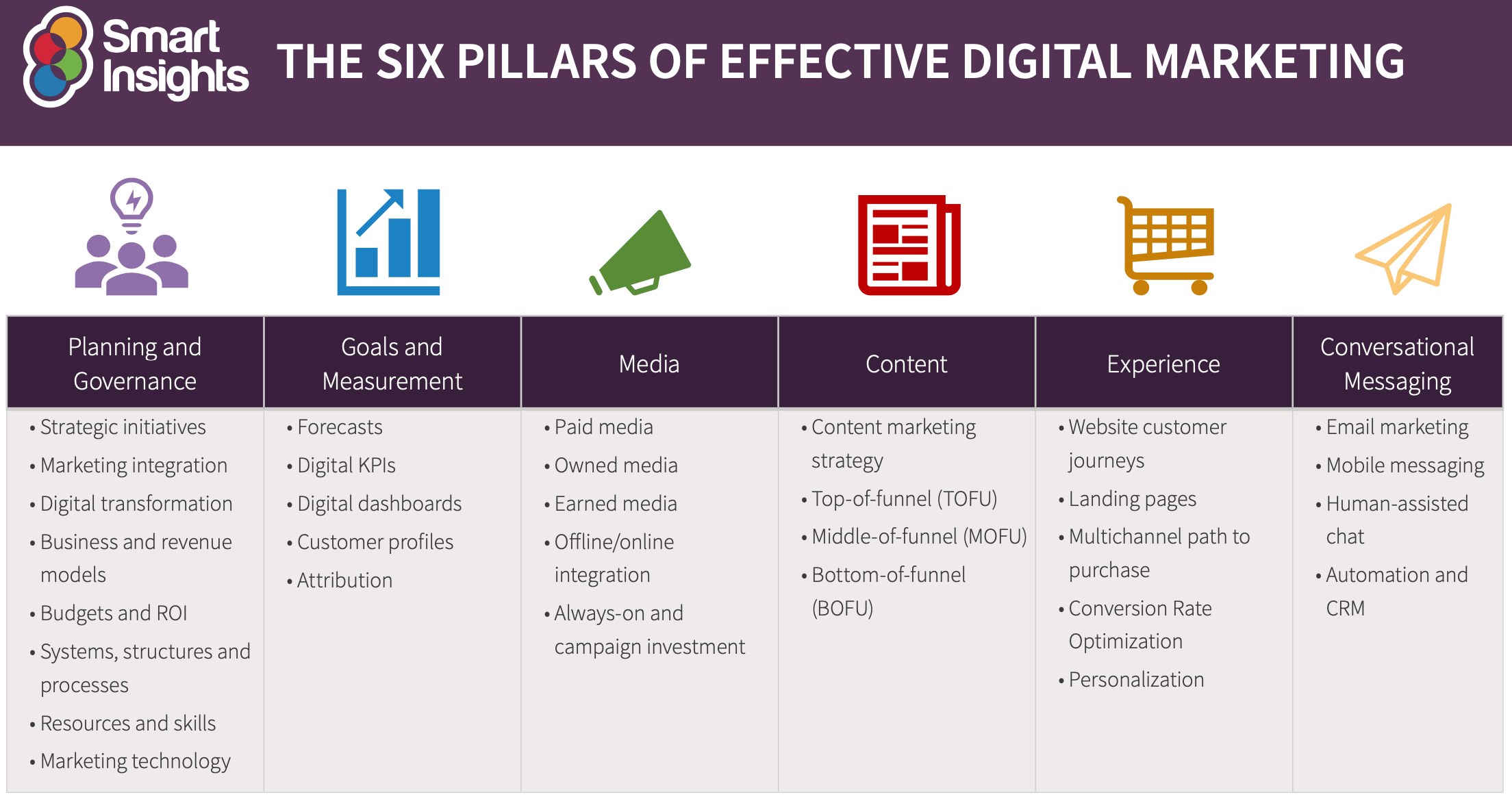Discover the Radiance of The Ad Firm Carlsbad: Raise Your Digital Existence Today
Discover the Radiance of The Ad Firm Carlsbad: Raise Your Digital Existence Today
Blog Article
Enhance Customer Experience and Drive Traffic With Responsive Web Layout
In today's digital landscape, where users are accessing websites from a plethora of devices, receptive web design has become extra vital than ever. With its ability to adapt and effortlessly readjust to different screen sizes, receptive layout not only improves user experience yet likewise drives website traffic to your website.
Why Receptive Internet Layout Issues
Responsive website design is a vital facet of contemporary internet advancement due to its ability to guarantee optimal individual experience throughout different gadgets and screen dimensions. With the proliferation of smart devices, tablet computers, and other mobile phones, it has ended up being crucial for internet sites to adjust and offer smooth performance despite the gadget being made use of.
The main reason receptive website design issues is that it allows users to have a regular and enjoyable surfing experience, regardless of the tool they are utilizing. A receptive site automatically adjusts its web content, layout, and format aspects to fit the screen dimension and resolution of the device, making certain that individuals can quickly browse and communicate with the web site without any type of trouble or aggravation.
Furthermore, receptive internet style additionally plays a substantial role in search engine optimization (SEARCH ENGINE OPTIMIZATION) Online search engine, such as Google, focus on websites that are mobile-friendly and responsive in their search engine result. By including receptive style concepts, web sites can improve their presence and position, causing boosted organic web traffic and potential consumers.

Boosting Customer Engagement With Responsive Design
Enhancing individual interaction is an essential goal of receptive layout, as it makes certain that customers can easily gain access to and engage with website material on any tool. With the enhancing use tablets and mobile phones, it is vital for web sites to adapt to different screen dimensions and resolutions. Responsive layout allows internet sites to immediately readjust their format and material to provide a smooth customer experience across devices.
Among the major ways receptive design improves customer engagement is by reducing load times. With a responsive site, customers do not have to wait for different mobile versions to tons, resulting in quicker access to web content. This better rate results in greater individual complete satisfaction and motivates them to invest even more time on the website.
Furthermore, receptive layout improves customer involvement by enhancing navigating and customer interface (The Ad Firm web design agency). When an internet site is created responsively, buttons and food selections are optimized for touch interactions, making it much easier for users to navigate and interact with the site on their mobile gadgets. This easy to use and instinctive experience maintains individuals involved and motivates them to check out even more of the site
Furthermore, receptive style enables far better material exposure and readability. By adjusting the layout and font sizes to various devices, responsive websites ensure that customers can conveniently read and understand the content. This enhances user interaction by minimizing the demand for zooming or scrolling to read the message.
Increasing Web Site Website Traffic With Responsive Web Layout
With the expanding appeal of smart phones, having an internet site that is receptive to various display sizes and resolutions is important for driving raised official website traffic. In today's digital landscape, customers are accessing internet sites from a selection of tools such as smart devices, tablet computers, and desktop. Each of these gadgets has various screen dimensions and resolutions, and if your web site is not made to adjust to these variants, it can result in a bad customer experience and a loss of potential traffic.
Responsive website design makes sure that your site looks and functions efficiently throughout all tools. By utilizing versatile grids, liquid images, and media inquiries, receptive design enables your internet site to immediately change its web content, navigation, and layout to fit any display dimension. This implies that individuals will certainly have a seamless browsing experience regardless of whether they are using a small smart device or a huge desktop computer system.
Key Aspects of Reliable Responsive Style
Effective responsive layout includes numerous websites crucial elements that make certain a seamless individual experience across various tools. Among these components is flexible grids and formats. By using loved one devices like percentages rather of dealt with devices like pixels, developers can create layouts that scale and adjust to fit various screen dimensions. This permits material to be presented in a visually appealing and legible manner on any kind of gadget.
One more crucial component is media queries. These enable designers to use different designs and layouts based upon the features of the user's device, such as screen dimension and positioning. By utilizing media inquiries, developers can optimize the discussion of content for every gadget, making sure that it is legible and conveniently available.
Responsive pictures are corporate website design likewise critical in reliable receptive layout. Photos that are as well large can reduce web page load times on mobile phones, while pictures that are as well small may appear pixelated on bigger displays. By making use of strategies such as receptive picture resizing and careless loading, developers can guarantee that photos are appropriately sized and enhanced for each gadget.
Lastly, efficient receptive style entails a mobile-first method. This means prioritizing and making content for mobile gadgets first, and afterwards improving the layout and increasing for larger displays. This method makes certain that the most vital content is quickly available on smaller sized screens, while still giving an abundant experience on bigger gadgets.
Best Practices for Implementing Responsive Website Design
Implementing responsive website design requires careful consideration of different best methods to guarantee an optimal user experience throughout various devices. When implementing responsive web style., below are some vital ideal practices to follow.
First of all, it is vital to focus on mobile customers. With the enhancing dominance of smart phones, designing for mobile-first has become vital. Beginning by making for smaller sized screens and afterwards considerably enhance the design for larger screens.

One more vital ideal practice is to maximize pictures for different screen resolutions. Big pictures can reduce down the packing time of your site, especially on mobile phones with slower connections. Usage responsive pictures that can be resized based upon the device's display resolution to improve performance.
Additionally, examination your web site on various devices and display dimensions to guarantee a consistent and smooth experience. There are different screening tools offered that can help you identify any kind of issues and make needed modifications.
Finally, focus on use and availability. Make certain that your website is very easy to navigate, with succinct and clear content. Ensure that your internet site is accessible to people with handicaps and adheres to accessibility guidelines.
Conclusion
In conclusion, responsive web layout plays a vital function in boosting individual experience and driving website traffic to sites. By embracing receptive design principles, web sites can ensure optimal checking out experiences throughout different devices, leading to increased individual interaction.
Enhancing user engagement is a key objective of responsive layout, as it ensures that users can quickly access and connect with internet site material on any type of tool. Receptive design makes it possible for sites to automatically readjust their design and web content to provide a smooth customer experience across tools.
In addition, responsive design boosts individual engagement by enhancing navigating and customer interface.Receptive images are likewise critical in efficient receptive layout. By adopting receptive layout principles, internet sites can make certain optimal checking out experiences throughout different tools, leading to boosted individual involvement.
Report this page